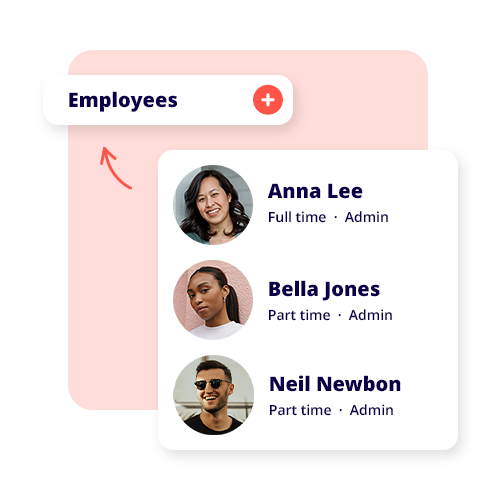Payday Super
From key dates to the latest changes on Payday Superannuation contributions
![]() Fact-checked
Fact-checked

What is Payday Super
Payday Super is an upcoming legal requirement for Australian businesses and employers to pay their employee superannuation guarantee alongside salary and wages. The federal government announced that this new legislation will go into effect on 1 July 2026.
The current quarterly super payment policy will no longer comply with the new changes, and new fines will be assessed for missed, late, or underpaid superannuation contributions.
What Payday Super means for employers
Starting 1 July 2026, businesses must pay their employees’ superannuation payments on payday. Payday is when an employer makes their scheduled ordinary time earnings payment (OTE) to their employee. OTE is your employees’ scheduled salary or wage payment.
With the new Payday Super requirements, every time OTE is paid, businesses will have 7 business days to make sure their superannuation guarantee (SG) contribution arrives in their employee’s nominated superannuation fund.
If a business fails or is late in making a super contribution to employee superannuation funds within the 7-day due date, the employer will be liable for the superannuation guarantee charge. The SG charge is more than what the super contribution would’ve been and is not tax deductible.
If an employer fails to pay, they are liable for the SG charge — even before the Australian Taxation Office makes an assessment. This means businesses must prepare for compliance changes in their payroll systems.


Changes to Superannuation contributions
Payday Super comes into effect in July 2026, so businesses need to check their payroll systems to make sure they’re ready to comply with the changes. It is also important to note that the superannuation guarantee will increase to 12% on 1 July 2025, and the penalty SG charge for failing to comply has been updated, too.
Key changes to the superannuation guarantee charge:
- The outstanding SG shortfall will be calculated based on an employee’s notional earnings.
- The shortfall will incur daily interest on a compounding basis.
- An administrative charge of 60% of the SG shortfall will apply.
- Additional charges will be levied after an ATO assessment if the full amount of the SG charge has not been paid within 28 days.
Preparing for Payday Super
Business owners must prepare to remain compliant with the new Payday Super changes. Payroll and SuperStream software can help ensure businesses are on the right track to facilitate these changes.
In the federal government announcement, they have outlined how businesses will be supported during the transition:
- The ATO’s Small Business Superannuation Clearing House will be retired from 1 July 2026. Businesses using this service will need to find an alternative platform. The ATO will contact small businesses ahead of time to provide support.
- The superannuation funds deadline to allocate contributions will be reduced from 20 business days to 3.
- The New Payments Platform will be implemented to better handle SuperStream data and payments, allowing businesses to address errors faster and more efficiently.
- Choice of fund rules will be revised to better assist employees in nominating their superannuation fund when starting new employment.
- Advertisements will be limited to performance-tested MySuper products during onboarding.


Beam
Looking to stay ahead with your employees’ super payments? Beam with Reckon Payroll can distribute your superannuation contributions to your employees.
Beam comes ready to go with Reckon’s software, simply register and enable Beam within your Reckon integrations centre and you can start making super simpler.
Beam is issued by Precision Administration Services Pty Ltd (Precision) (ABN 47 098 977 667, AFSL 246 604). Precision is wholly owned by Australian Retirement Trust Pty Ltd (ABN 88 010 720 840, AFSL 228 975), trustee of Australian Retirement Trust (ABN 60 905 115 063). Read the Beam PDS for Reckon before making a decision.
Key Takeaways
Plans that fit your business needs and your pocket
30-Day free trial
Cancel anytime
Unlimited users
† Free data migration offer includes 1 year of historical data + YTD only. Paid subscriptions only.
Helping thousands of businesses with their accounting
Frequently asked questions
When will Payday Super come into effect?
Why is Payday Super happening?
The federal government has announced payday super legislation to address ongoing issues with missed, late, and underpaid super contributions and ensure that Australians have secure retirement savings.
What happens if I make a late contribution?
What is the Superannuation Guarantee?
What is the Superannuation guarantee charge?
Who will enforce the new changes?
Get Payday Super ready with Reckon
We’ve got ATO complaint solutions to suit any business.

























